1. Butter Rum Lifesavers

During World War II, sugar rations put a damper on all kinds of sweet treats, but Butter Rum Lifesavers were among the hardest hit. This rich, buttery flavor with a hint of warmth was a favorite of many, especially those who liked something a little less fruity. But when sugar became scarce and candy production was cut back, Butter Rum quietly vanished from shelves. The company focused on their top sellers like Pep-O-Mint and Cherry says Mental Floss.
After the war, some Lifesaver varieties made a comeback—but not Butter Rum. Despite its devoted fans, it never regained its spot in the rotation. Over the years, a few knockoffs and nostalgic attempts surfaced, but they didn’t quite capture the same taste. For those who remember it, the absence still leaves a bittersweet taste adds CBC.
2. C-ration Meat and Beans

If you served in the military or had a relative who did, chances are you’ve heard of the C-ration meat and beans. It wasn’t exactly gourmet dining, but it was warm, filling, and dependable in the toughest of times. During WWII, these cans became staples for soldiers and were mass-produced across the country. After the war, however, no one was exactly craving a return to canned mystery meat shares National Park Service.
Unlike Spam, which somehow gained a cult following, the C-ration meat and beans quietly faded away. There were no recipe cards passed down, no home versions made for nostalgia’s sake. Once rations modernized and troops moved to MREs, this wartime staple went the way of the dodo. It served its purpose, and then it was gone.
3. Saccharin Cola

When sugar was in short supply, soft drink makers scrambled to find alternatives, and saccharin quickly became the sweetener of choice. Saccharin Cola popped up as a wartime workaround for the classic sugary sodas people loved. It didn’t taste quite right, but it was bubbly and gave the illusion of a treat during difficult times. It was especially common in Europe, where sugar shortages were even more severe adds Fortune.
After the war, however, sugar made its triumphant return, and saccharin colas didn’t stand a chance. Most folks were happy to ditch the strange aftertaste and go back to their beloved Coca-Cola or Pepsi. Saccharin itself stuck around, mostly in diet products, but the full-sugar-replacement colas disappeared. If you didn’t grow up during that time, chances are you’ve never even heard of it.
4. Victory Garden Canned Rhubarb

During the war, Americans were encouraged to grow their own food, and rhubarb was a popular pick because it was easy to grow and could stretch out sugar rations in pies and jams. Canned rhubarb became a pantry staple in many homes, with its tart kick offering something a little different from the usual preserves. People canned it by the jarful during harvest season, proudly stocking their shelves.
But once the war ended, the appeal faded fast. Rhubarb wasn’t something you typically found in stores, and with sugar no longer rationed, people returned to peaches, strawberries, and other sweet staples. Canned rhubarb didn’t make the transition to postwar supermarket shelves. Today, rhubarb still has its loyal fans—but if you want it canned, you’ll probably have to do it yourself.
5. Wartime Coffee Substitutes

During WWII, real coffee was scarce in many parts of the world, especially in Europe, so people turned to substitutes made from roasted barley, chicory, or even acorns. These brews were bitter, earthy, and a far cry from a morning cup of joe—but they were all many had. Families learned to adjust, even adding milk and sugar if they could spare it. In some regions, these substitutes were even sold commercially.
After the war, though, most people couldn’t ditch them fast enough. Real coffee became one of the first luxuries people splurged on once it was available again. While chicory coffee stuck around in a few places like New Orleans, the rest of the substitutes faded into memory. Most folks were more than happy to say goodbye to acorn coffee forever.
6. Banana Cream Powder

Bananas were nearly impossible to import during the war due to disrupted shipping lanes, so companies had to get creative. Enter banana cream powder—a processed, shelf-stable alternative used to flavor pies, puddings, and candies. It had a strangely sweet, artificial banana taste that somehow still worked in desserts. People mixed it into everything from frosting to gelatin.
But as soon as real bananas returned to store shelves, this powdery substitute got the boot. It just couldn’t compete with the real thing. Some older cookbooks still have recipes that call for it, but good luck finding a packet today. It was a true wartime oddity, and most folks were glad to leave it behind.
7. Spam with Potato

Spam alone managed to survive and even thrive after the war, but its lesser-known cousin, Spam with Potato, didn’t have the same staying power. Designed to be a one-can meal, it combined chunks of Spam with soft, cooked potatoes. It was filling, easy to ship, and provided essential calories during a time when every bite counted.
But once rationing ended, people didn’t want canned meat and potatoes anymore. Fresh ingredients were back, and convenience no longer meant opening a can. Spam with Potato vanished quietly from shelves and has never been revived. Unlike plain Spam, which found fans in Hawaii and beyond, its potato-laced sibling became a relic of the past.
8. Dried Eggs

Fresh eggs were a luxury during WWII, so the government pushed dried eggs as an alternative. Packed in metal tins, the powder could be rehydrated for baking, scrambling, or making omelets. Housewives adapted and learned how to work them into their cooking, even if the flavor and texture weren’t quite the same. They were widely distributed in both the U.S. and the U.K.
But once eggs became easy to get again, dried versions lost their appeal. They lingered for a while in army rations and emergency supplies, but regular families had no interest in keeping them around. Today, you might find them in survival kits, but they’re no longer a household item. The war ended, and with it, so did powdered breakfast.
9. Victory Bread
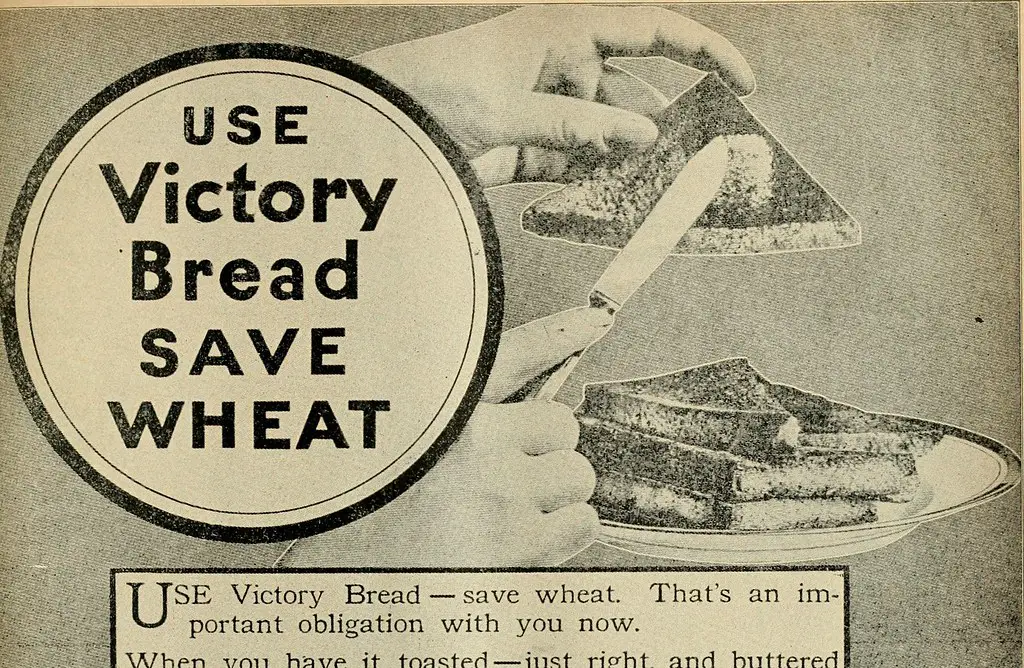
Also known as “war bread,” this was a dense loaf made with a mixture of wheat and other flours like barley, cornmeal, or oat. The idea was to conserve wheat for the troops by stretching it with whatever else was available. It wasn’t exactly delicious, but it was hearty and filling, and people got used to it out of necessity. It became a symbol of doing your part.
But it wasn’t built to last. After the war, bakeries and home cooks alike returned to soft, fluffy white loaves. Victory bread quietly disappeared, with no real push to preserve it. While it may show up occasionally in history cookbooks, it’s not something anyone really craves. It served its purpose—and that was enough.
10. Plum Jam Ration Packs

Plum jam became an unexpected wartime favorite, especially in British ration packs. It was easy to make from homegrown fruit and provided a sweet treat when little else was available. Soldiers got used to seeing it in their field rations and brought a taste for it back home. For a time, plum jam was the go-to spread.
But it didn’t stick around. After the war, manufacturers pivoted back to strawberry, grape, and apricot. Plum jam slowly slid off the shelves, and you don’t often see it in stores anymore. It’s still made in small batches or specialty brands, but it never regained its ration-pack popularity.
11. Wartime Gelatin Dishes
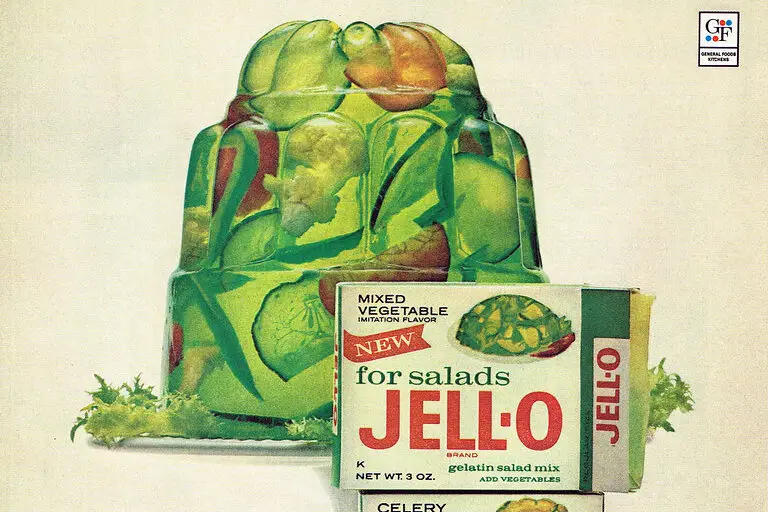
With limited access to fresh meat, some creative home cooks turned to gelatin dishes filled with vegetables, canned meats, and even hard-boiled eggs. These “salads” were colorful, economical, and surprisingly common in war-era cookbooks. They stretched ingredients and could be made ahead for gatherings. Some versions even used savory broth-based gelatin instead of the sweet kind.
But after the war, tastes changed—and fast. Most families were eager to move on from jellied meat creations and back to traditional salads and entrees. While gelatin desserts stuck around, the savory ones didn’t. Today, they’re mostly remembered as a quirky part of mid-century history.
12. Carrot Marmalade

When citrus was hard to come by, people got crafty—enter carrot marmalade. Grated carrots were boiled down with sugar and lemon peel (when available) to mimic the look and taste of traditional marmalade. It was surprisingly sweet, with a hint of bitterness, and a great way to use what was on hand. British cooks especially embraced it.
But it never became a permanent pantry item. Once orange and lemon marmalade returned, carrot-based spreads fell out of favor. You might still find the occasional recipe for it, but it’s far from a common sight. It’s one of those foods that screams “wartime creativity”—and that’s exactly where it stayed.
13. Chocolate Bars with Honey Filler
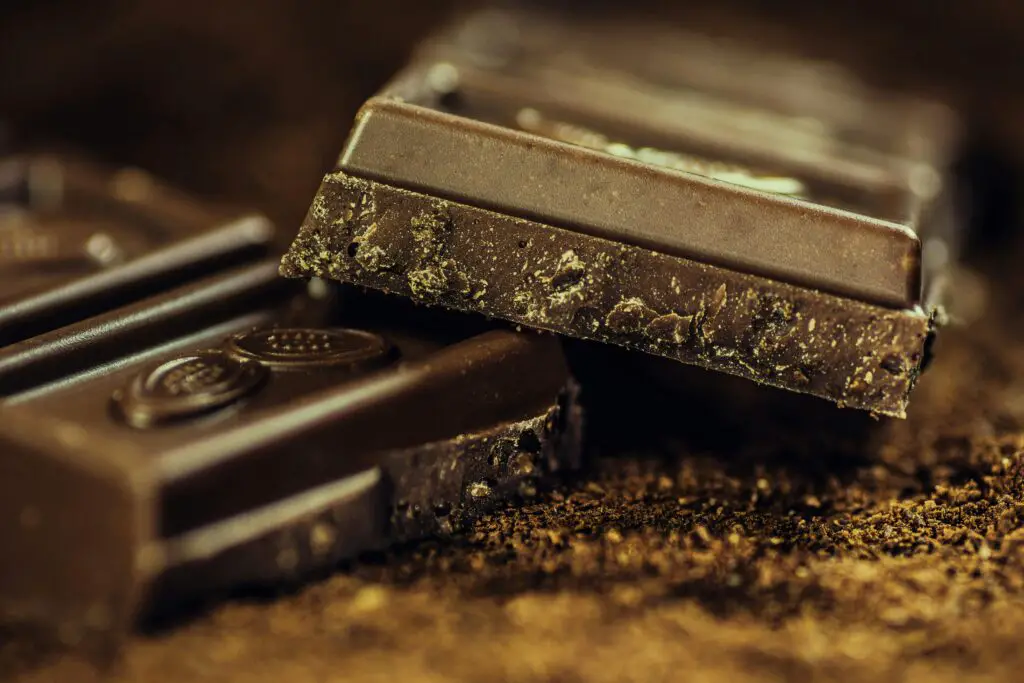
During WWII, chocolate was one of the first casualties of rationing, since sugar, milk, and cocoa were all in short supply. To make up for it, some candy makers experimented with chocolate bars filled with honey instead of cream or nougat. The result was a sticky, oddly floral treat that melted faster than it should have. Kids still devoured them—after all, any chocolate was better than none.
But once proper ingredients returned, no one missed the honey version. It was a quick fix for a bad time, not a lasting invention. Companies returned to classic recipes, and these odd honey-filled bars disappeared without ceremony. They remain a sweet footnote in candy history, remembered mostly by those who grew up with ration books.
14. Powdered Lemonade

Citrus was scarce during wartime, so powdered lemonade became a convenient substitute. It wasn’t the bright, refreshing drink we know today, but rather a chalky, sour mix meant to mimic the taste of lemons. Housewives used it for everything from pies to sauces, and some even mixed it with hot water to create makeshift “tea.” It served its purpose well enough under the circumstances.
After the war, real lemons returned to markets, and powdered lemonade quietly lost its appeal. The postwar generation craved authenticity and fresh produce, not imitation flavors. While powdered drink mixes made a comeback decades later with products like Kool-Aid, this early wartime version faded away. It was a relic of resourcefulness, not something anyone wanted to sip again.
15. Wartime Ice Cream

Believe it or not, ice cream took a serious hit during WWII. Dairy, sugar, and refrigeration were all rationed, forcing ice cream makers to get creative. Some used powdered milk and artificial flavors to stretch their ingredients. The result was an icy, grainy version of everyone’s favorite dessert that people tolerated more than loved.
When the war ended, real ice cream became a symbol of celebration and abundance. The subpar wartime versions were immediately replaced by the creamy, dreamy ones we know today. You won’t find those ration-era recipes in modern cookbooks for a reason—they simply weren’t that good. It’s one of the few wartime losses nobody wanted back.
16. Meat Stretchers
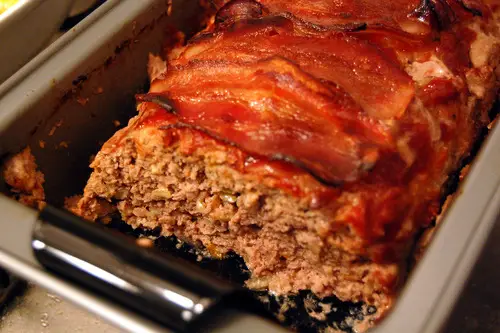
During WWII, every bit of meat mattered, so companies sold “meat stretchers”—powdered mixes of soy, oats, and starch meant to bulk up ground beef or sausage. They were added to meatloaf, casseroles, and even burgers to make portions go further. Housewives got used to the idea, but few actually liked the mushy results.
After the war, meat stretchers became obsolete almost overnight. When fresh meat was plentiful again, no one wanted to pad it with filler. The name itself fell out of favor, sounding more like a punishment than a product. While meat extenders still exist today under different names, the original wartime versions are long gone.
17. Raisin Pie Filling
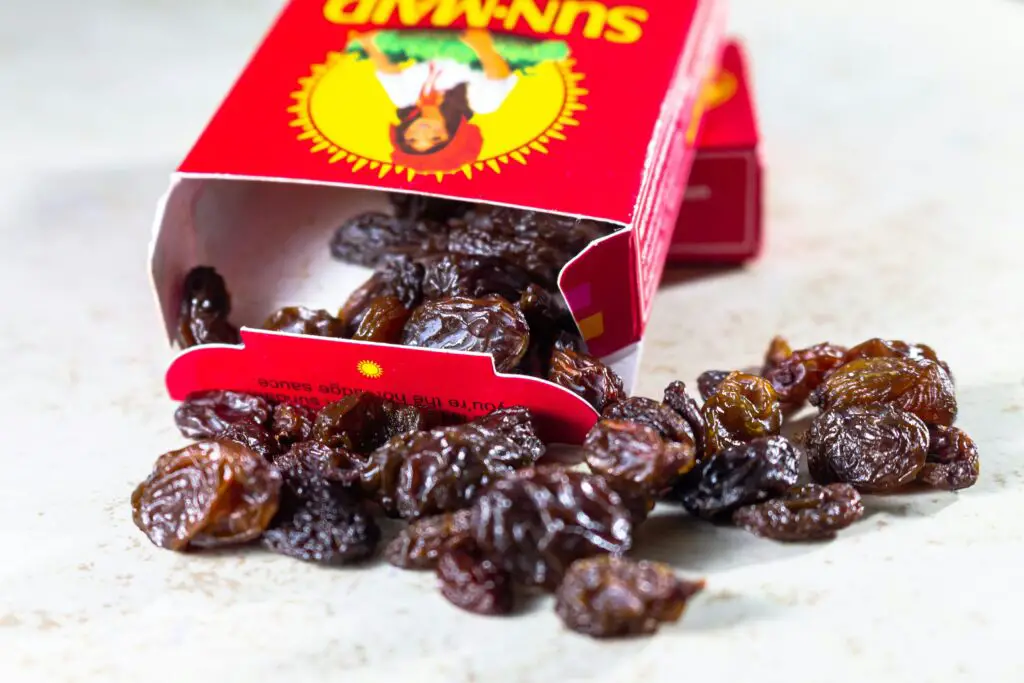
With fruit imports disrupted and fresh produce scarce, dried fruit became the hero of the home front. Raisins were cheap, easy to store, and sweet enough to make a pie when mixed with sugar and spices. Raisin pie filling became a household favorite, often called “mock mincemeat.” It was rich, sticky, and comforting during uncertain times.
But once fresh apples, berries, and peaches were available again, raisin pie lost its charm. It felt old-fashioned and overly sweet in comparison to the bright, juicy desserts that returned to dinner tables. The filling vanished from store shelves, and only the most nostalgic bakers still make it today. It’s one of those desserts firmly rooted in necessity, not indulgence.
18. Dandelion Coffee

When coffee beans were hard to come by, people got incredibly inventive. Dandelion roots were dried, roasted, and ground into a coffee substitute that promised a “rich flavor without caffeine.” It was cheap, local, and surprisingly widespread during both World Wars. For many, it was their only option for a morning pick-me-up.
But as soon as real coffee beans were available again, dandelion coffee fell out of favor fast. It had a bitter, earthy taste that couldn’t compete with the real thing. Today, it occasionally pops up as a health trend, but it’s far from the necessity it once was. For most, it remains a reminder of how creative people can get when the cupboard’s bare.
